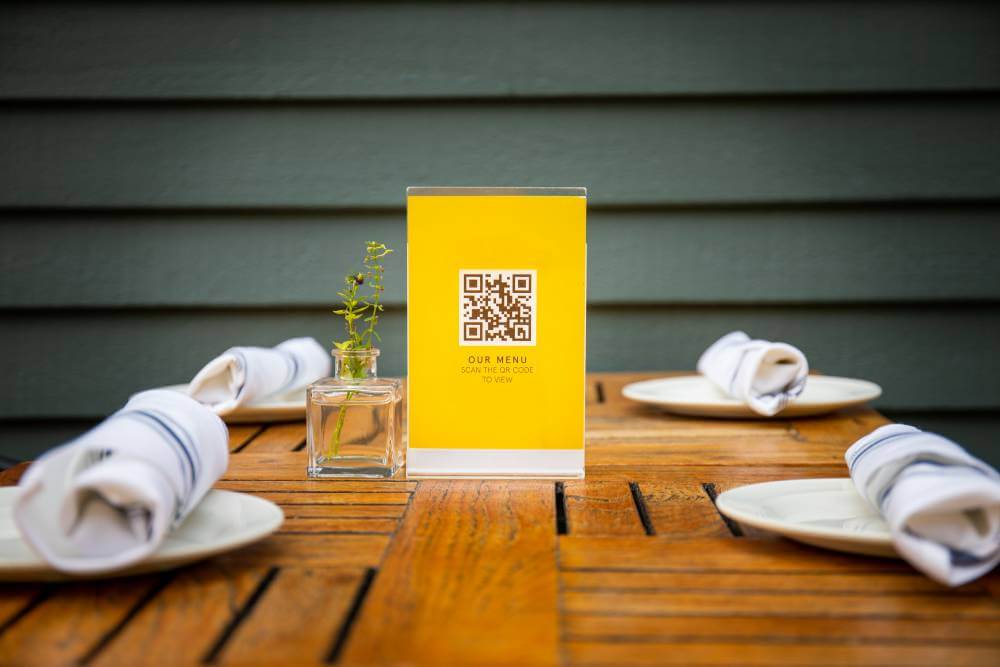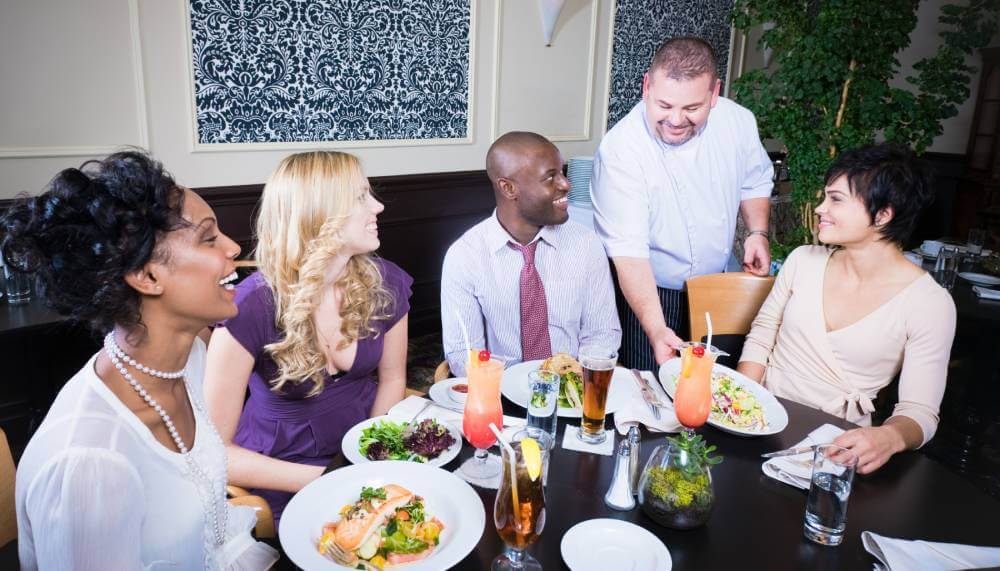The New Steps of Service in Fine Dining
The new steps of service in fine dining greatly enhance core business processes while also catering to evolving customer needs. Get a glimpse of the best restaurant customer service tips to ensure your establishment is not lagging far behind this innovative nationwide model!
Out With the Old
Hospitality businesses have been under heavy pressure during the pandemic, particularly due to critical labor shortages across all service areas—this is not, by any means, hot news. But as the lack of workers coupled with the new shorage economy and its numerous challenges, food businesses continued to struggle despite finally reopening their doors at full capacity. And at this moment of crisis, a new service model bravely came to the industry’s rescue.
Essentially, the new steps of service in fine dining (as defined by Toast) enable a restaurant system that satisfies customer needs while also enhancing and simplifying core business processes. And we’re not talking empty hypotheses here! This matchless duo has already aided many businesses across the country, prompting them to rise above the pandemic-affected economy: Eventide Oyster Co., Roc ‘N’ Ramen, and Alpine Inn Beer Garden, to name only a few.
What are the New Steps of Service?
Let’s wrap our heads around this—the new steps of service use technology-assisted dining in a way that prioritizes high-hospitality tasks. By using technology to optimize a restaurant’s front-of-house, servers can focus on enhancing customer experience instead of running back and forth to take orders and process payments.
But what is the technology driving this shift? One of the possible answers is Toast’s Order & Pay, a QR code ordering system that lets your guests order food and drinks themselves at any time. At its core, the system streamlines a restaurant’s front-of-the-house by combining vital hospitality protocols with the instantaneous efficiency of technology.
Essentially, automating the ordering process creates a seamless experience in which guests no longer have to keep waiting for servers to take and submit their orders. At the same time, by allowing diners to take charge of the ordering process, a heavy load is lifted off your servers’ shoulders. The ordering process itself becomes much faster and more satisfying in turn! This is a compelling improvement, whose significant benefits become particularly obvious during rush hour, as customer orders no longer rely on the available resources (such as the physical speed of your stuff).
THE ORDERING PROCESS
Here’s why the new steps of service for fine dining make ordering so much easier:
- Diners are seated by the floor captain and use the QR code to browse the restaurant’s menu
- Diners order drinks through the app on their phone
- The food runner brings over the drinks
- Diners order food through the app (or from a floor captain with a handheld)
- Diners wait for food
- The food runner brings over the food
- Diners can order more items through their phones at any time, and the process repeats
As for the payment process, it gets even better: diners can pay and tip using their phones whenever they’re ready to go. Hence, they no longer have to wait for someone to bring a receipt and a POS to process their payment. It’s satisfying, time-efficient, and highly successful with clients that hate waiting around just to pay for their food (and let’s be honest, that’s most people that will walk into your restaurant).
The low-hospitality tasks that your staff no longer needs to stress about:
- running between tables to take orders
- processing payments
- walking to the point of sale terminal and swiping credit cards
- bringing back the receipt
Instead, your servers can focus on high-hospitality tasks like:
- welcoming your guests
- teaching diners about the ordering system
- making suggestions on the menu
- doing table touches
- offering next rounds
- consistently checking guest satisfaction
- properly saying goodbye
Why Technology-Assisted Dining is the Answer
As you might have already realized, this sort of technology-assisted dining successfully battles the industry’s well-known enemies: low-profit margins, high labor costs, diners’ dissatisfaction with long waiting times, employee dissatisfaction, front-of-house stress, and workers’ over-dependence on tipping.
Here’s just a brief list of why the new steps of service must make their way into your restaurant:
- Efficient staffing and reduced labor-related pressure
- They’re straightforward to follow and enforce
- You let technology handle tiring and repetitive processes
- Improving hospitality translates to higher customer retention and better profit margins
- Servers have more time to cater to high-hospitality tasks (focusing on attentiveness and timing), which makes their duties all the more rewarding
- You’ll see a significant boost in the bottom line, making it possible to raise employee wages
- Produce a better environment for both guests and staff
Our Conclusions
However, at the end of the day, each business is different. We must keep in mind that your diners’ familiarity with technology and their expectations regarding hospitality are aspects that vary from case to case. Therefore, your business must always have a traditional backup system in place for, let’s say, guests that do not wish to resort to their smartphones to place an order or guests that can’t pay via phone.
Finally, be sure to check out this short video for a quick walkthrough of how the new steps of service work for fine dining for a brief glimpse at how they could improve your current service model.


